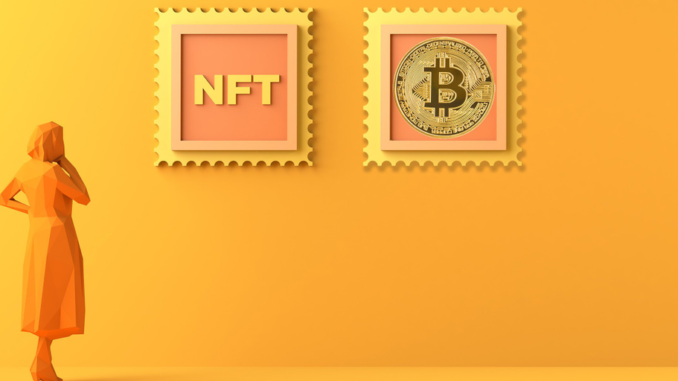
There’s another wave of NFTs starting to flood the Bitcoin blockchain—and they’re not in the form of Ordinals.
The emergent STAMPS (Secure Tradeable Art Maintained Securely) protocol is proposing a different method of embedding image data into the OG blockchain, making different tradeoffs compared to the inscription technology that exploded in popularity earlier this year.
Rather than storing image data within prunable transaction witness data, “Bitcoin Stamps” store it directly within spendable transaction outputs.
“By doing so, the data is preserved in such a manner that is impossible to prune from a full node, preserving the data immutably forever,” wrote pseudonymous Stamps creator Mike In Space on the project’s GitHub page. The developer noted that he is already in discussions with Emblem and Hiro Wallet to arrange protocol integrations, the former of which will allow users to buy and sell Stamps on OpenSea.
As Ordinals growth surged in early February, proponents argued that they were superior to NFTs on other platforms because they store image data within the Bitcoin blockchain. By contrast, Ethereum NFTs are usually just image pointers to centralized hosting services, which can be changed by anyone with control of the image URL.
Yet even Ordinals data can be pruned by choice by individual node runners, limiting the immutability and decentralization benefits of such NFTs. As such, Bitcoin Stamps go all the way, forcing nodes to store their image data across many different unspent transaction outputs (UTXOs).
The NFT is then broadcast across the network using Counterparty—an old protocol that ushered in Bitcoin images back in 2014 before the term “NFT” even existed.“They are good for the preservation of art forever by storing them securely on the strongest ledger ever devised by man backed by Proof of Work,” the creator told Decrypt via DM. He added that other services are already being built atop the STAMPS protocol, such as a Name Service by Rarity Garden.
But storing data across all Bitcoin nodes comes at a cost—quite literally. In fact, the protocol creator suggests using Stamps for lightweight “24×24 pixel, 8-color-depth PNG or GIF” files to make up for their implicit storage costs.
“The constraints of this “canvas” are ideal for pixel art,” he wrote on GitHub. “In particular, the CryptoPunks use a native resolution of 24×24 pixels.”
Stamps also come with the benefit of being “semi-fungible”: they can be issued as “1 of 1” or “1 of many” digital assets. Trevor.btc on Twitter, host of The Ordinals Show, recognized this feature as similar to the Ethereum ERC-1155 multi-token standard, and as a reason for their remarkably fast growth.
The Stamps website shows that over 8,300 Stamps have been minted since their launch on March 7, compared to under 500 Ordinals within the same time period after their launch.
That said, the number of Ordinals on Bitcoin only continues to grow, now standing at over 910,000 inscriptions to date, according to Dune Analytics. Major brands including Bored Ape Yacht Club and Bugatti have already adopted the tech.






Be the first to comment